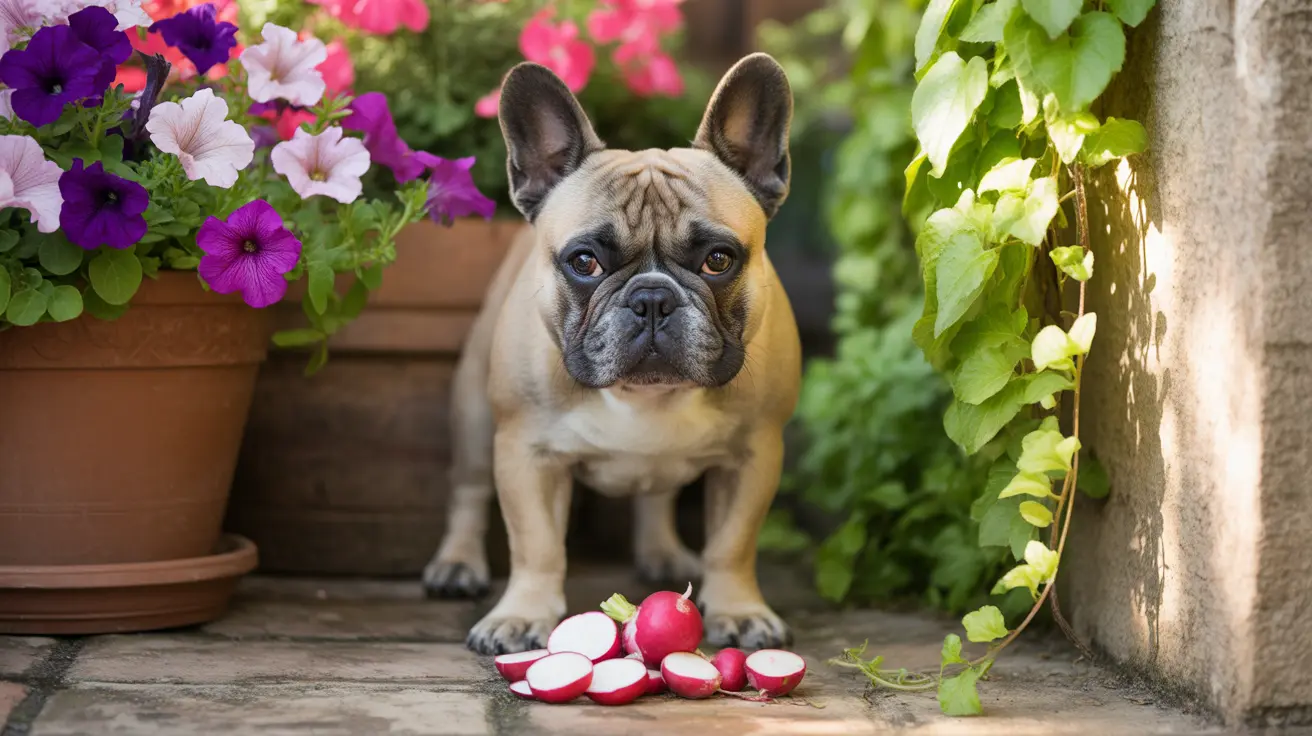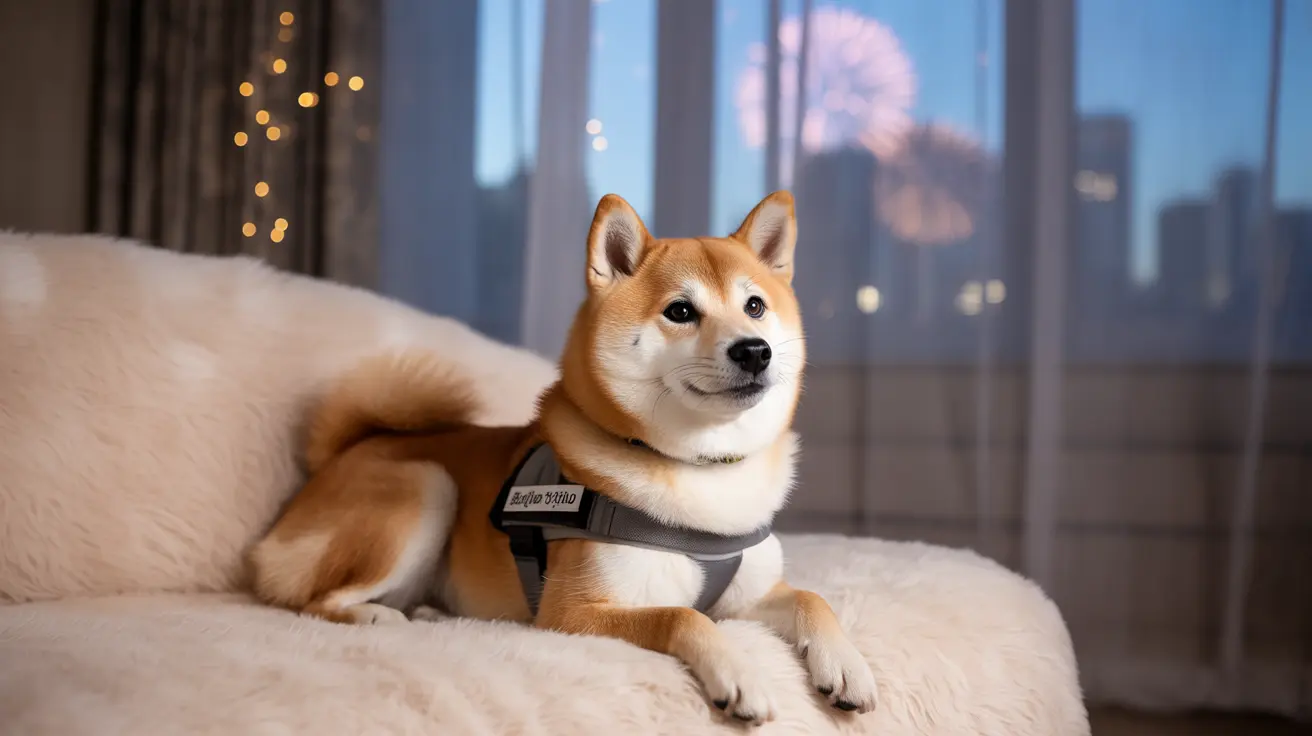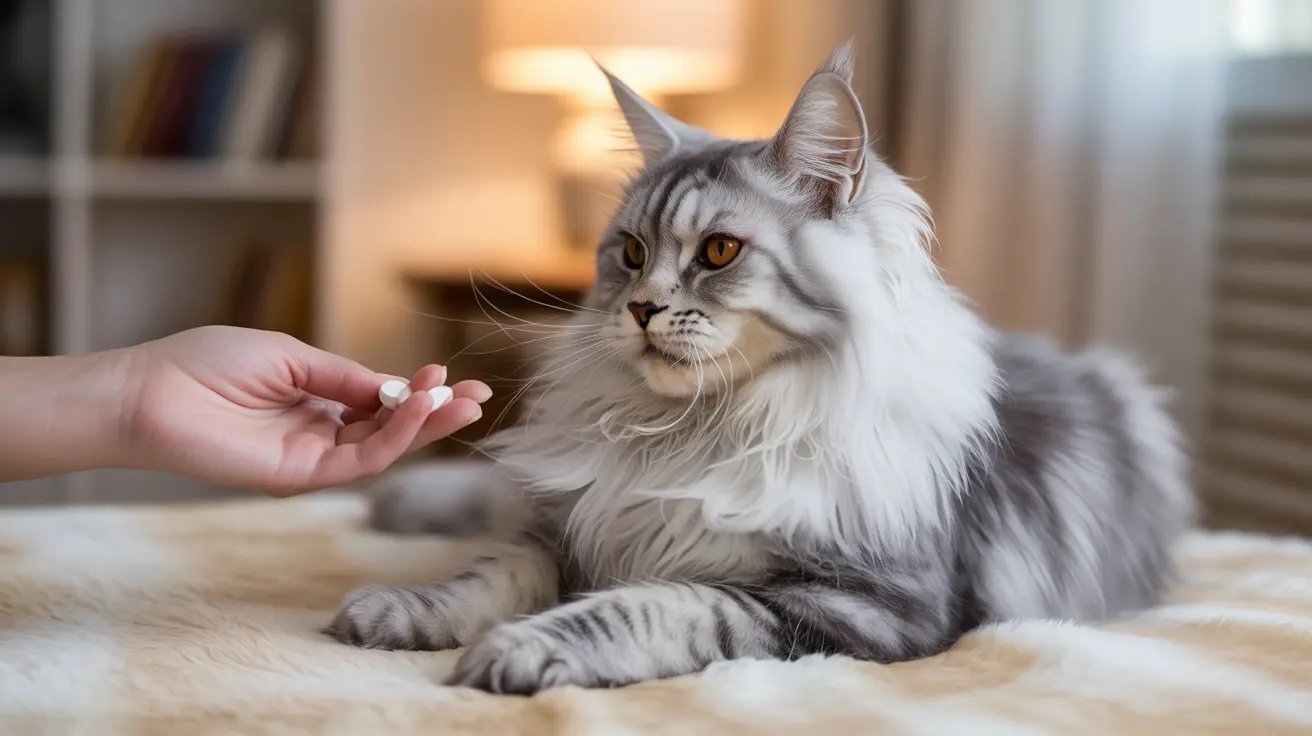Understanding the Deepest Expressions of Canine Affection
Dogs have evolved alongside humans for thousands of years, developing not only loyalty but an impressive array of behaviors that express affection. While many actions—from playful nudges to wagging tails—indicate love, some gestures go deeper, revealing a profound emotional connection between a dog and its human. This article will explore how dogs show their highest form of affection and what science tells us about this unique interspecies bond.
1. Sustained Eye Contact: The Ultimate Sign of Trust
Perhaps the most powerful signal of a dog’s affection is sustained eye contact. When a dog gazes into your eyes, it mirrors the emotional bonding experienced by human caretakers and infants. This connection releases oxytocin—the “love hormone”—in both species, strengthening the emotional tie. Dogs have even evolved specific facial muscles that allow them to raise their eyebrows, enhancing their ability to communicate with humans.
2. Cuddling and Sleeping Close By
Another intimate form of affection is when dogs choose to sleep near or with their human. Dogs are pack animals, and sharing restful moments indicates deep trust and emotional security. During cuddling or co-resting, both the human and dog experience a surge of oxytocin, reinforcing their bond.
3. Leaning Against You
When a dog leans into your body, it is comparable to a hug. This full-body contact signifies not just physical comfort but emotional reliance. It shows your dog feels protected and chooses to be close—not out of fear, but out of love and trust.
4. Expressive Facial Gestures
Dogs have developed facial muscles that allow nuanced expressions, such as raising their inner eyebrows. These “puppy dog eyes” are not accidental; they are intentional, evolved mechanisms to connect with humans. Expressive faces are often used to communicate affection and prompt nurturing behavior from their owners.
5. Bringing You Treasures
Whether it’s a favorite toy or a slightly chewed shoe, dogs who bring items to their humans are demonstrating trust and affection. They share things that matter to them, effectively saying, “I value you so much, I want you to have this.”
6. Protectiveness and Emotional Responsiveness
- Protective behavior—like barking at perceived threats or placing themselves between you and danger—underscores a dog’s devotion.
- Comforting you when you’re upset by sitting close or bringing a toy shows emotional empathy and sensitivity to your emotional state.
7. Following You Around
Dogs that shadow your every move aren’t just being curious—they're demonstrating pack behavior rooted in affection. Following you reflects their desire to be near and involved in your daily life, signaling comfort and attachment.
8. Jealousy and Attachment
Though sometimes problematic, behaviors associated with jealousy—like intervening when you're petting another animal—show how much your dog values your attention and views you as an emotionally significant companion.
What Science Says About Canine-Human Bonds
- Dogs' reward centers are most stimulated by their owner’s scent, according to MRI studies.
- Dogs make more eye contact with humans than wolves do, even when both are raised in human environments.
- Positive human-dog interactions raise oxytocin levels in both species, reinforcing the bond.
- Dogs respond to emotionally charged sounds similarly to humans, showing shared neural activation.
Individual Preferences Matter
Not all dogs show love the same way. Some enjoy touch, others prefer proximity. The key is respecting each dog’s unique preferences. Observing body language and behavioral cues helps ensure that affection is interpreted positively and reciprocated comfortably.
Affection and Training
While affection is essential in maintaining a strong bond, timing matters. Giving attention after undesired behavior may reinforce it. Use affection strategically to reinforce positive actions and maintain household harmony.
Putting It All Together
Dogs express affection through an intricate combination of behaviors ranging from cuddling and leaning to sustained eye contact and emotional responsiveness. Among these, the highest form of affection encompasses actions that involve high levels of trust, emotional intimacy, and physical closeness. Supported by scientific research, these gestures not only show love but reinforce mutual emotional well-being. As dog owners, recognizing and nurturing these behaviors can lead to a bond that is both deeply fulfilling and psychologically enriching for both you and your furry companion.





